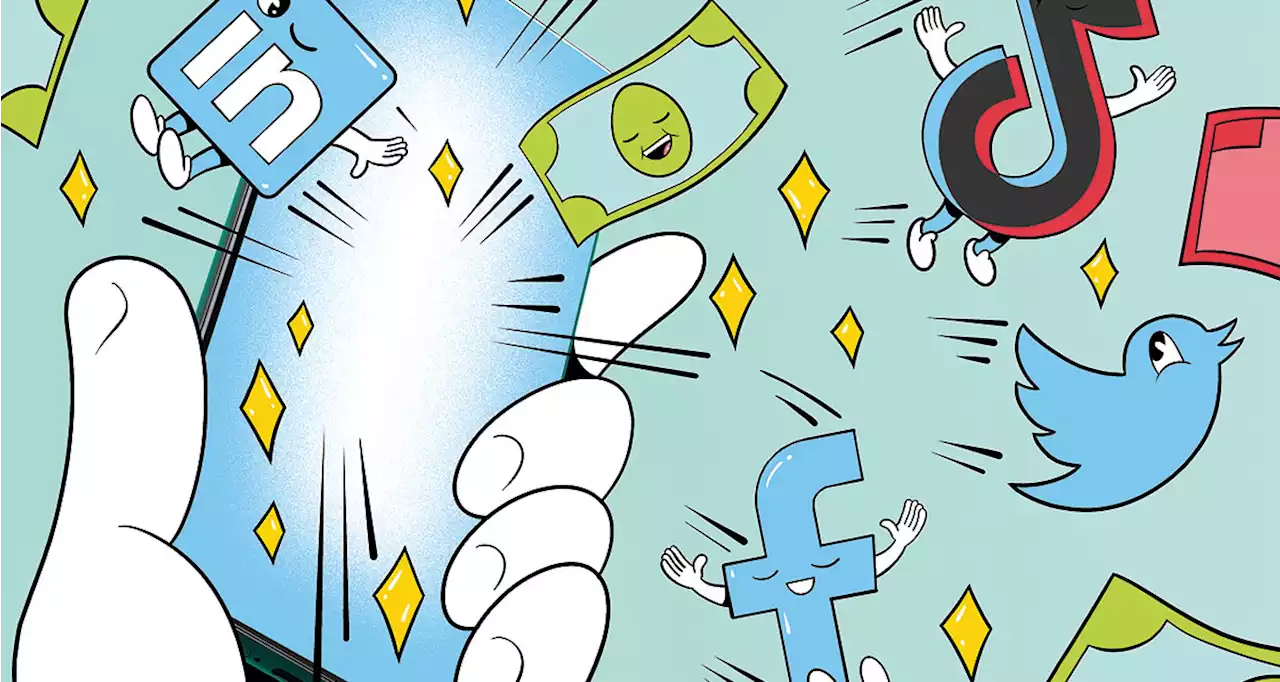If you're considering livestream commerce, here's how to pick which type of platform to choose, how to select influencers, and how to measure your efforts.
took place on Facebook Live in April 2021 was unique. The first model to strut down the catwalk was Cindy, a seven-month-old puppy wearing a green and blue canine flotation device. Next up was Mandalay, a tan dog wearing a fleece hoodie with built-in backpack. The omnichannel team at Petco, headed by chief marketing officer Katie Nauman, organized the livestream event, which highlighted canine outfits from two of its house brands.
In the 1980s the QVC and HSN cable channels, together with a host of infomercial producers, demonstrated the power of selling on television. Over the past decade the format has migrated to the internet, where online streaming video that offers the ability to purchase in real time—or—is fast becoming the medium of choice. Today brands can sell via video on a host of platforms, such as YouTube Live, Instagram Live, LinkedIn Live, Facebook Live, Twitch, Twitter, and TikTok.
In the United States, livestream commerce has proven particularly attractive to beauty and fashion brands. At Nordstrom, for instance, 50% of livestream events were beauty focused in 2021. But a growing range of companies are also beginning to offer products and services via livestream, including Ferragamo and Cartier in luxury goods, Lowe’s in home improvement, and Walmart in multiple product categories.
Some of the excitement around the livestream format stems from its embrace of video. Research has shown that video achieves greater engagement than does text or still photography. Now that traditional e-commerce is a quarter-century old, consumers find it boring. It’s becoming difficult for more static websites to generate much enthusiasm, particularly among Gen Z and younger Millennial consumers. Yes, young people still buy from Amazon—but so do their parents and grandparents.
